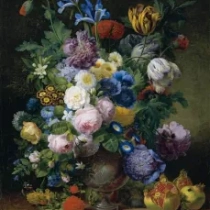 1758 - 1846
neo-classical
1758 - 1846
neo-classical
Description Jean-Joseph-Xavier Bidauld
Jean-Joseph-Xavier Bidauld, born on December 25, 1758, in Carpentras, France, navigated the shifting tides of artistic taste in the late 18th and early 19th centuries. His life unfolded amidst the turmoil of the French Revolution and the subsequent rise and fall of Napoleon Bonaparte, providing a dynamic backdrop to his artistic journey.
Bidauld's early artistic education took root in the Parisian studio of Jean-Baptiste Deshays, where he honed his skills in historical painting. However, the tumultuous events of the Revolution altered the trajectory of his career. Bidauld, like many artists of his time, embraced the call for a new, republican art that celebrated the virtues of the people.
His foray into landscape painting marked a significant departure from traditional academic subjects. Bidauld's landscapes, characterized by a luminous palette and an embrace of naturalism, reflected the influence of the emerging Romantic movement. His travels through the French countryside and the Alps further enriched his artistic vocabulary, allowing him to capture the sublime beauty of nature.
Bidauld's association with Napoleon's military campaigns extended his artistic reach. Commissioned to document the conquests, his paintings depicted landscapes transformed by war, revealing a blend of romantic allure and the harsh realities of conflict. Notably, his scenes of the Pont d'Arcole and the Simplon Pass showcased his ability to intertwine the monumental with the picturesque.
The artist's post-Napoleonic years unfolded against a changing artistic landscape. As neoclassicism regained prominence, Bidauld faced the waning popularity of his more romanticized style. Despite these shifts, he continued to find success, securing a position at the Louvre and later serving as a curator at the Musée du Luxembourg.
Bidauld's personal life was marked by tragedy, with the loss of his wife and children, adding a layer of poignancy to his later years. His health deteriorated, and he passed away on October 8, 1846, in Montmartre.
While Bidauld's name may not resonate as loudly as some of his contemporaries, his contribution to the evolution of landscape painting and his ability to navigate the complex currents of his time are noteworthy. His landscapes, whether depicting the serenity of nature or the dramatic aftermath of war, encapsulate the spirit of an artist who bore witness to an era of upheaval and transformation.
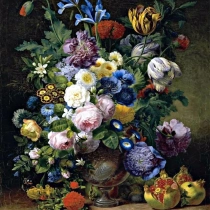
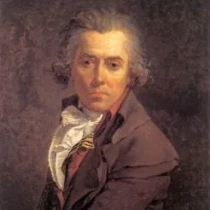

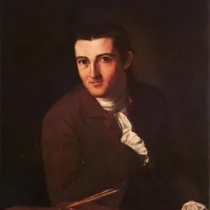
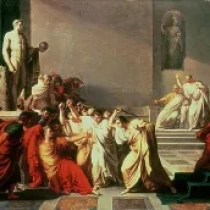
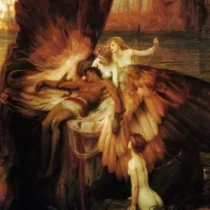
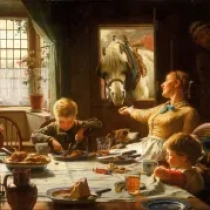
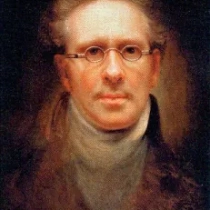

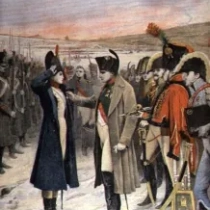

No Comments Yet...